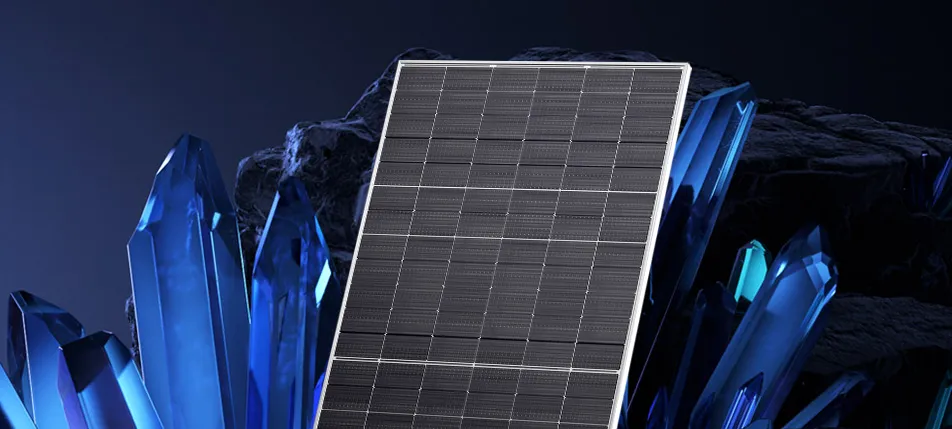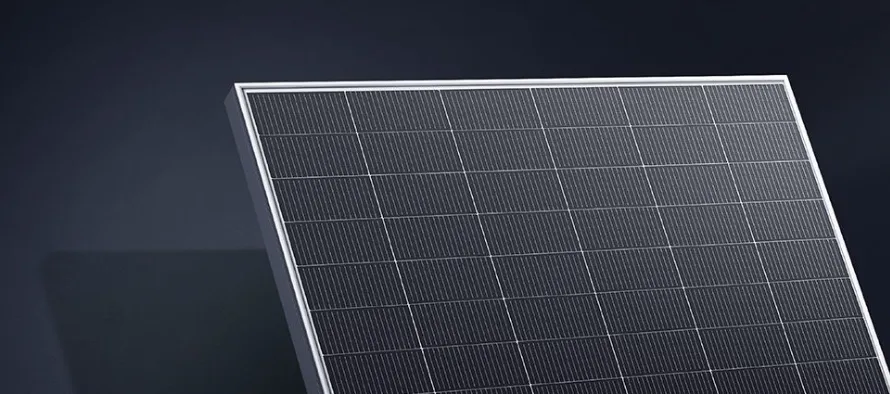In 2024, with technology progress and lower prices, the prominence of n-type products across various segments continues to rise. China’s state-owned firms now require over 70% n-type products in procurement tenders. Plus, more distributed PV developers are opting for n-type modules to maximize power generation on limited rooftop spaces.

Experts emphasize the multiple advantages of n-type modules, including high efficiency, power, bifaciality, energy yield, and low degradation and temperature coefficients, along with reduced BOS costs and LCOE. With the n-p module price difference often below 0.1 CNY/W, the use of n-type modules promises lower electricity costs and higher power generation revenues.
Forecasts suggest that in 2024, TOPCon will replace PERC as the new mainstream technology and pricing benchmark. The shipment volumes of Heterojunction (HJT) and Back-Contact (BC) technologies are expected to double.
Currently, at least 15 companies have set targets, aiming for over 60% of their module shipments to consist of n-type modules. Among the top nine module companies, at least five are targeting over 70%, with some aiming as high as 85%.
To understand the current status of n-type technology development, Solarbe engaged in in-depth discussions with nearly 20 PV cell and module companies, revealing the following key insights:
- Over 80% of the companies have adopted TOPCon as their primary technology, with at least five companies capable of producing both TOPCon and HJT modules.
- In terms of average production efficiency, all companies have exceeded 24.50%, with TOPCon and HJT cells achieving the highest average efficiency of 25.75% (ranging from 25.10% to 26.15%), and BC technology averaging 26.80% (up to 27.10%).
- By the end of 2024, the highest efficiency of TOPCon and HJT cells is expected to reach 26.80%-27.30%, with BC cells potentially reaching up to 28%.

The analysis also identified six notable achievements in n-type cell module technology:
- Earliest production: Yingli Solar, with the first n-type cell production line established in 2010.
- Highest efficiency: AIKO, leading the BC route with 27.10% cell production efficiency and 24.2% module production efficiency.
- Highest power output: Tongwei Solar‘s HJT modules, with a maximum power of 755.03 W, the highest among currently producible sizes.
- Highest shipment volume: JinkoSolar, with over 45 GW of n-type module shipments in 2023, expected to reach a 90% n-type ratio in 2024.
- Fastest growth: Qn-SOLAR, with a targeted n-type cell and module capacity of 36 GW and 25 GW, respectively, by the end of 2024, securing contracts with state-owned enterprises and maintaining partnerships with China Huaneng Group and China Huadian.
- Highest capacity and expansion plans: JinkoSolar, with a n-type TOPCon cell capacity of approximately 70 GW by the end of 2023, in addition to a planned integrated capacity of 28 GW for silicon wafers, cells, and modules in Shanxi province in 2024.
Looking ahead, n-type technology is expected to surpass 65% of the market share in 2024. As the industry continues to evolve, the focus remains on innovation and cost-effectiveness to drive down electricity costs and establish solar energy as the primary choice for power installations worldwide.


